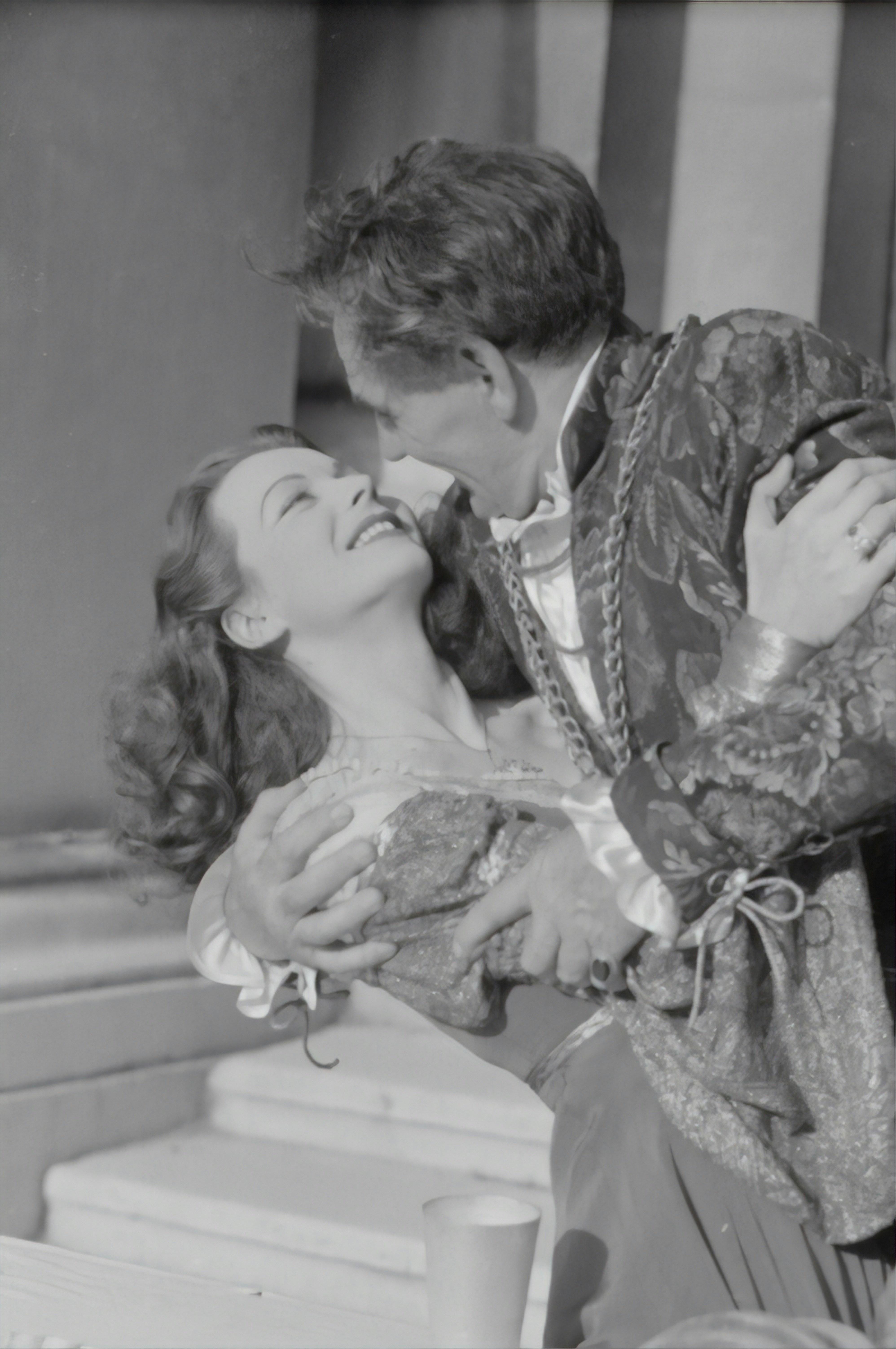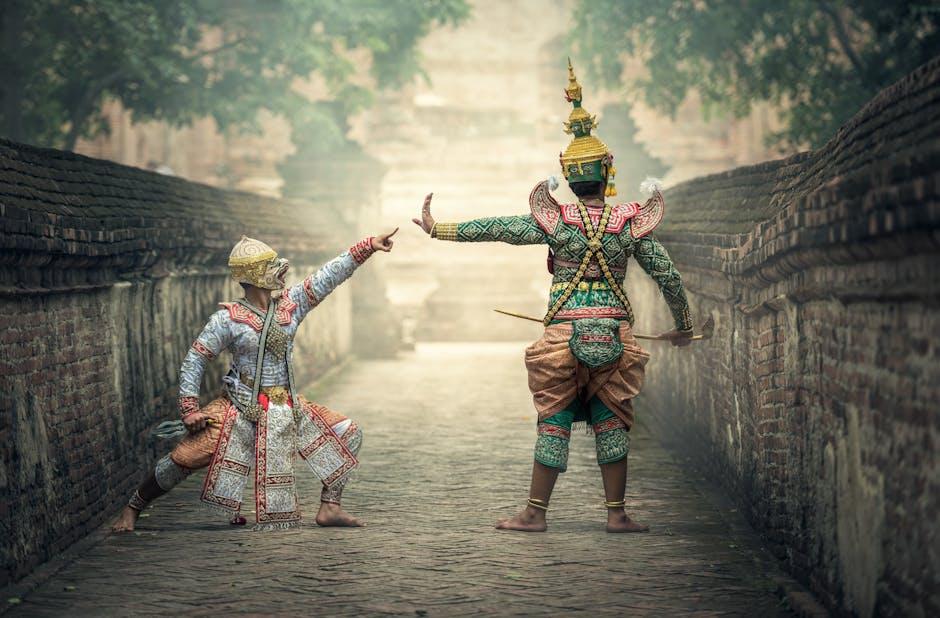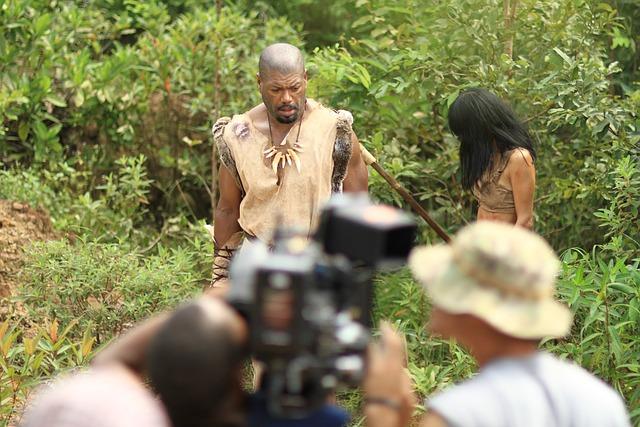In the world of cinema, where creativity and collaboration intertwine, the role of an actor traditionally begins and ends with the script. Yet, as the landscape of filmmaking evolves, a curious question emerges: should actors step beyond their on-screen personas and dive into the intricate dance of day-to-day production? This exploration delves into the potential benefits and pitfalls of such involvement, examining whether the inclusion of actors in the production process could enhance storytelling or disrupt the delicate balance of filmmaking. Join us as we unravel this intriguing tapestry, where art meets logistics and imagination flirts with reality.
Balancing Artistry and Logistics: The Actors Role Beyond the Script
Actors often find themselves juggling the nuances of their craft while also engaging with the intricacies of production. This dual role demands a keen sense of balance, as performers navigate the demands of both artistry and logistics. Understanding the production environment can enhance an actor’s performance by fostering a deeper connection with the crew and a comprehensive grasp of the project’s vision. By stepping beyond their scripts, actors can contribute valuable insights, offering fresh perspectives that might enhance the storytelling process.
However, involvement in day-to-day production also presents challenges. Actors must be mindful of maintaining focus on their primary role while participating in logistical discussions. This requires a delicate dance between creative expression and practical considerations. Some actors thrive in this environment, using their unique vantage point to influence aspects such as scene blocking, costume choices, and even set design. Others may prefer to concentrate solely on their performance, leaving the complexities of production to the experts. Ultimately, the decision of how involved an actor should be in production processes is as unique as the performers themselves, shaped by personal preferences and the specific demands of each project.

From Script to Screen: Navigating Actor-Producer Collaborations
In the intricate dance of filmmaking, the collaboration between actors and producers can shape the very essence of a project. When actors step beyond their traditional roles and engage in the day-to-day production process, they bring a unique perspective that can enrich the storytelling. Actors who are involved in production can:
- Enhance Character Development: By understanding the broader vision, actors can align their performances more closely with the director’s and producer’s intentions.
- Foster Creative Solutions: Their fresh insights can inspire innovative approaches to challenges, from script adjustments to set design.
- Improve Team Cohesion: Being part of the production dialogue encourages a more collaborative environment, bridging gaps between departments.
However, the potential benefits must be balanced with the demands on an actor’s time and focus. Producers may worry about blurred lines in decision-making, but with clear boundaries and communication, actors can become invaluable partners in the production process, contributing to a seamless transition from script to screen.

Empowering Performers: How Involvement Enhances Storytelling
When actors are woven into the tapestry of daily production, their performances gain depth and authenticity. By understanding the nuances of the entire creative process, performers can craft characters that resonate more deeply with audiences. This involvement allows actors to align their interpretations with the director’s vision, fostering a seamless blend of artistic perspectives.
- Insight into Character Development: Engaging with the scriptwriters and directors gives actors a unique perspective on character backstories and motivations.
- Enhanced Collaboration: Being part of production discussions encourages a collaborative atmosphere, where actors contribute creatively to storytelling.
- Dynamic Problem-Solving: Actors can provide valuable input during rehearsals and on set, helping to address unforeseen challenges with innovative solutions.
By stepping beyond their traditional roles, actors not only enrich their own performances but also contribute to a more cohesive and compelling narrative.

Guidelines for Engagement: Actors in the Production Process
In the dynamic world of filmmaking, the extent to which actors should participate beyond their traditional roles is a topic of considerable debate. Increased actor involvement in the production process can lead to a more cohesive vision and enhanced performance quality. Here are some guidelines to consider:
- Open Communication: Establishing clear lines of communication between actors and the production team fosters a collaborative environment. This ensures that creative ideas and feedback are exchanged freely.
- Defined Roles: While actors can offer valuable insights, it’s crucial to maintain clarity in roles to avoid overstepping boundaries and ensure that the production remains on schedule.
- Workshops and Rehearsals: Facilitating regular workshops and rehearsals can help actors better understand the nuances of the production, encouraging deeper engagement with the material.
By following these guidelines, productions can harness the unique perspectives of actors, potentially enriching the overall creative process while maintaining a structured workflow.

